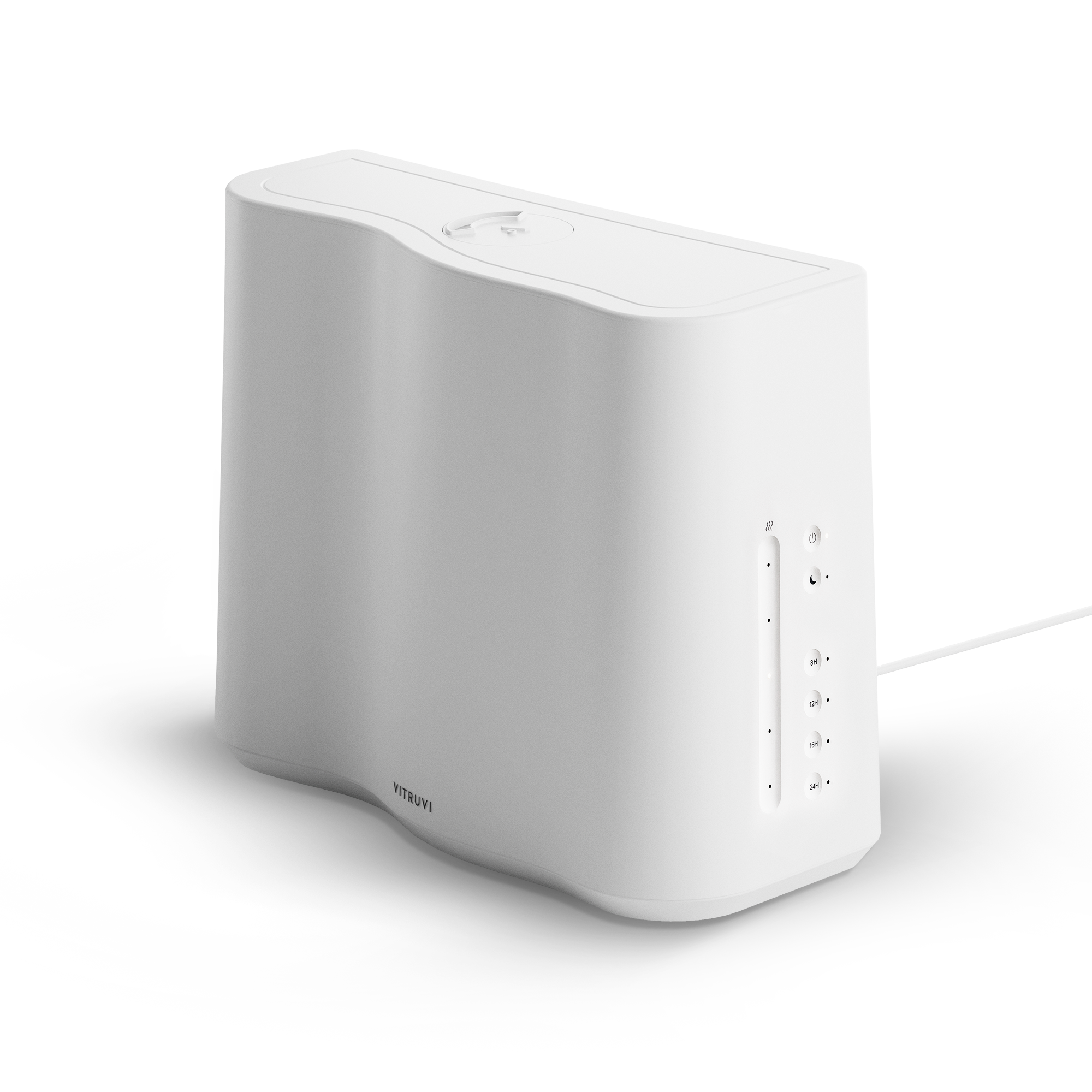Video conferencing can be an incredible tool for teams of all sizes—especially right now, when most people are working from home. But depending on how your company currently uses this technology, you could be unintentionally leaving your employees feeling disengaged, fatigued, and frustrated. When platforms like Zoom, Google Meet, and Microsoft Teams are used to their potential, they can boost staff morale, engagement, and mental well being.
When our firm, Michael Green Architecture, first transitioned to working from home and away from our beautiful, airy office space due to the onset of the COVID-19 pandemic, I clearly remember wrapping up my first day after multiple and consecutive Zoom meetings. I felt overwhelmed with frustration and fatigue, torn between thinking about what a necessary and helpful tool video conferencing is—while more than once, also wishing it had never been created at all. However, as time went on and we collectively learned some valuable lessons, our leadership team got decidedly better at how we Zoom. Now, I can share with great relief, that I wholeheartedly look forward to our all-office meetings: they are informative, interesting, and dare I say, fun.
Here are some simple ways to improve your own video meetings.
Starting your video meeting
Set the tone
Create a custom opening slide to start things off, and consider playing music, too. Your slide could pose a question for the participants to consider, either as an ice-breaker or as an overall theme for the meeting itself. This slide can also be as simple as a welcome message with instructions that thanks participants for joining; asks them to turn on their cameras; and informs them that they are currently muted, that the meeting will begin shortly, and that they will be unmuted at that time.
Creating an opening slide with pleasant music can help your participants transition mentally into the meeting space in a calm manner. These kinds of slides provide a moment to take pause and adjust to the “room,” and may lessen any anxiety experienced by the participants because they have been told what to expect and what is expected of them. Your team can then wait quietly and ponder any posed questions or information that has been shared on the slide while they wait for the meeting to begin.
During your video meeting
Engage early
Once the meeting has begun, try to engage your participants as early as possible. This can be as simple as a roll call of names or a one-sentence answer to a posed question on your opening slide—or can be as silly as getting them out of their chairs, moving and grooving with an impromptu dance party. Two or three minutes of movement through a game, stretching, or even dancing (if you’re brave enough) will be sure to get your participants laughing and engaged, bringing the energy way up for the rest of the meeting.
Early engagement is key. Studies show that if participants are able to speak or interact with the group within the first five per cent of a meeting or gathering, they are much more likely to speak up later on when asked for feedback, questions, or shares. Your team members will feel more connected, heard, and seen when they are able to interact with their peers, in even a small way. This can boost confidence and overall job satisfaction because of an improved sense of belonging.
Assign a cheerleader
Staying engaged during virtual meetings can be challenging. To help with this, try assigning one or two people in leadership to demonstrate reactions to the speaker in a variety of ways by using the Zoom reaction buttons, commenting in the chat, or using their body language and facial expressions. These are social cues that come naturally in-person, but need to be fostered and encouraged over video technology. In theory, this may seem forced—but as humans, we tend to mirror other humans’ body language. So it can become natural for those who observe this demonstrated behavior to begin acting that way as well.
Use the tools
Not only do video conferencing tools provide reaction buttons and chat boxes that are useful for connection and engagement, but some (such as Zoom) also have polling applications and breakout rooms, which are very helpful when working in larger groups. Breakout rooms are especially useful to foster the skills of speaking up on a virtual call—which can be very intimidating for some, but much more manageable in a smaller group. This builds more confidence in individuals and encourages speaking up and sharing once back in the larger group setting.
Closing your meeting
End on a good note
Just as you spent the time and energy to set the tone in the beginning, don’t rush your closing. Tie it all together by coming full-circle to your opening by playing music or utilizing slides. And allow up to five minutes for participants to filter out from the meeting before ending the call for everyone. This creates space for connecting, and last-minute questions or thoughts—all things that would happen naturally at an in-person meeting. It’s not the same as gathering in a room together, but it will have to do for now.












